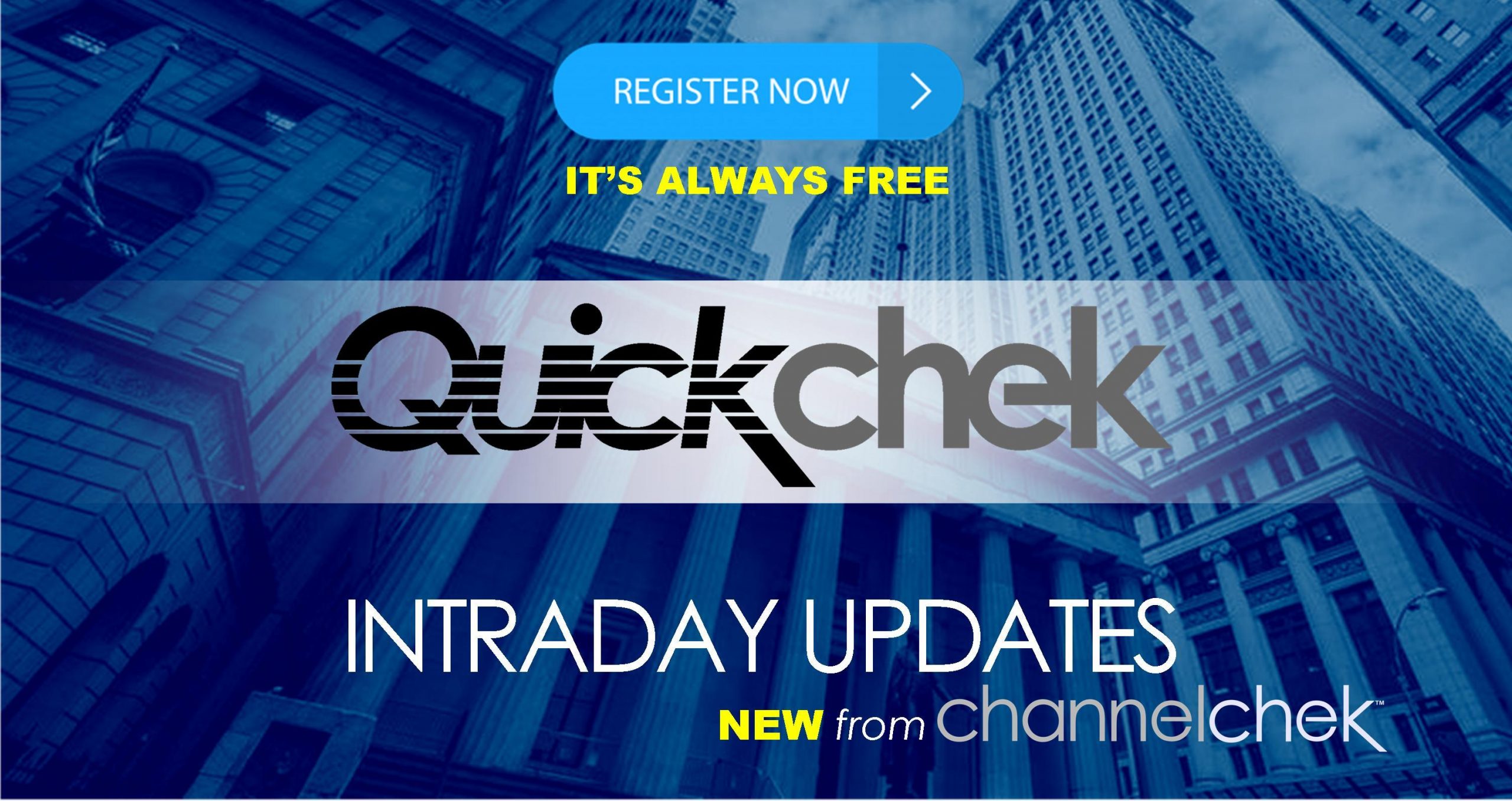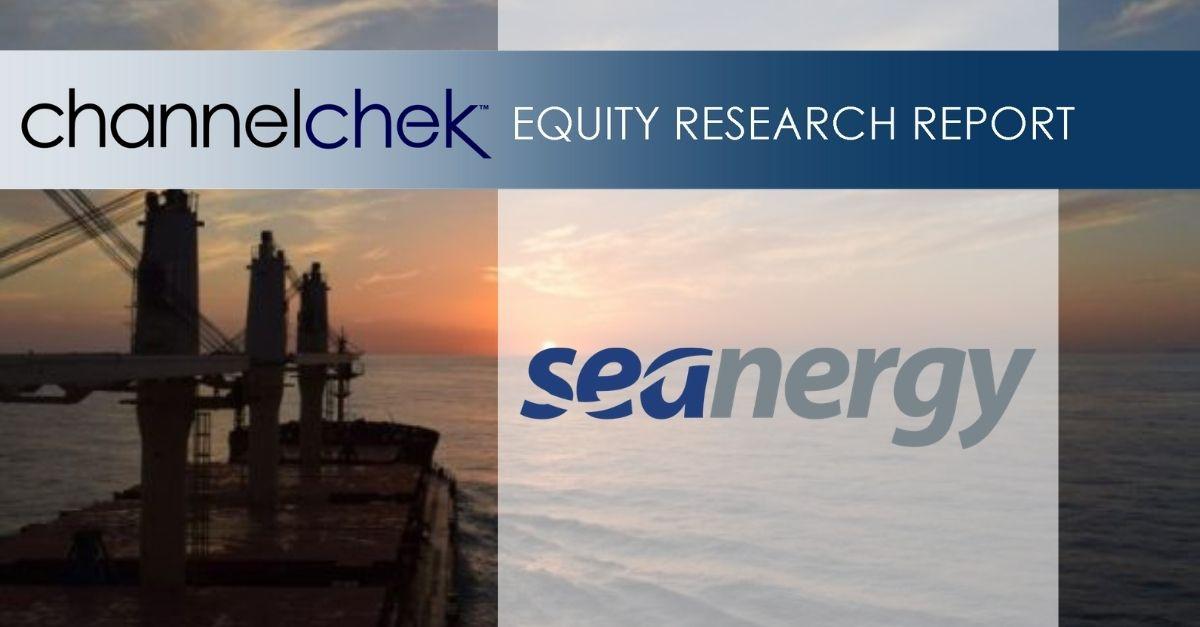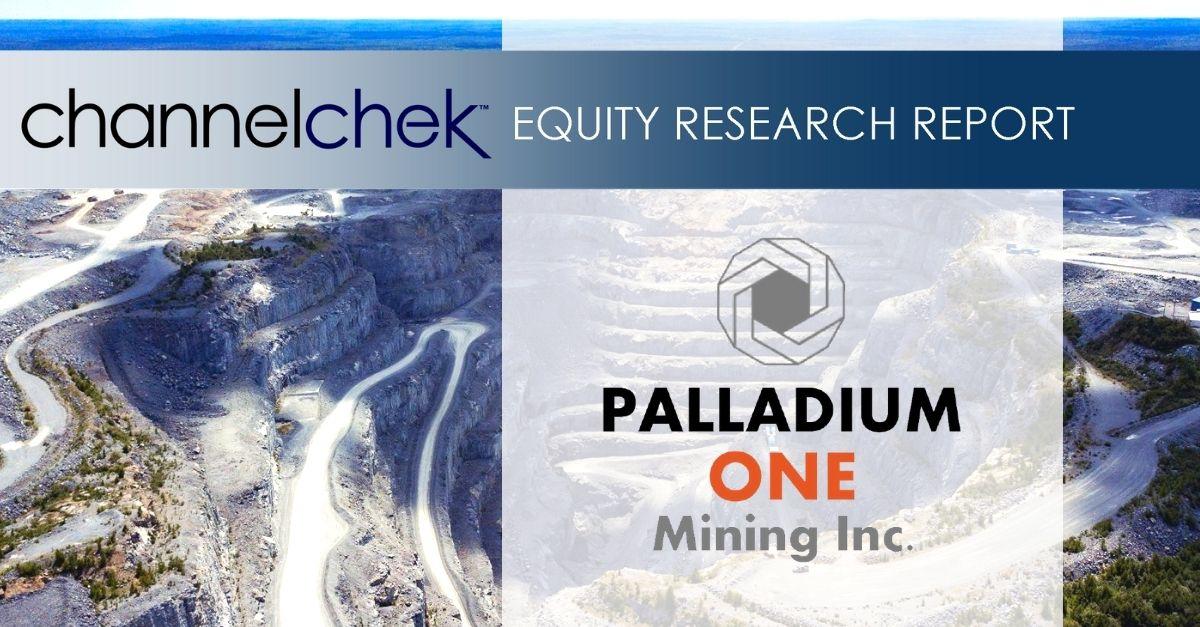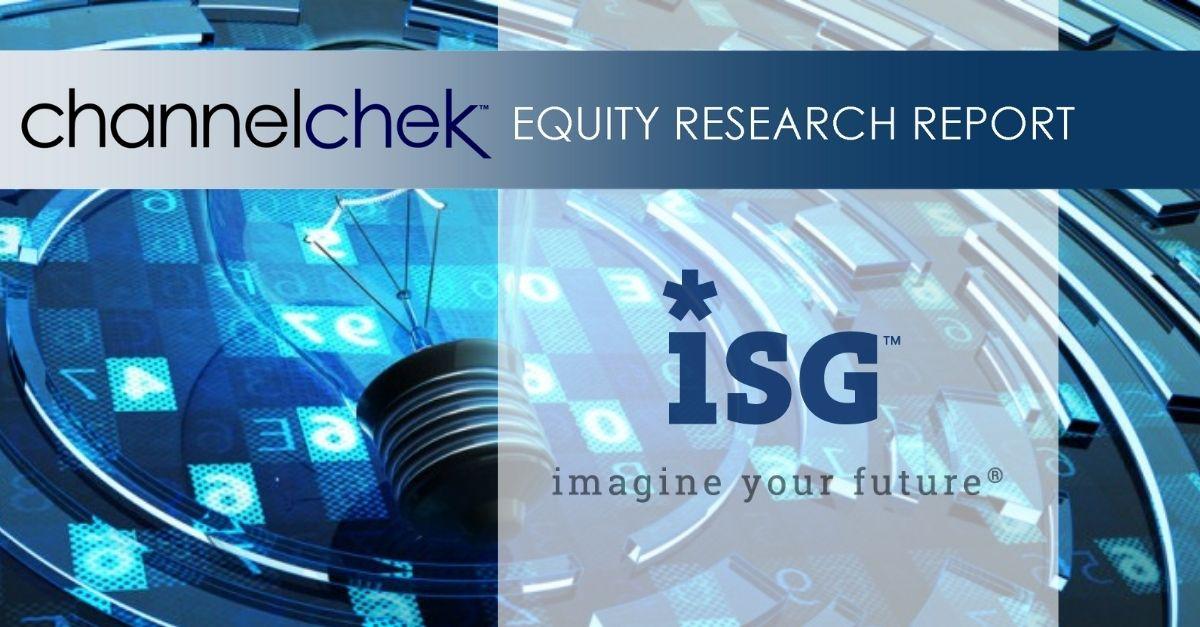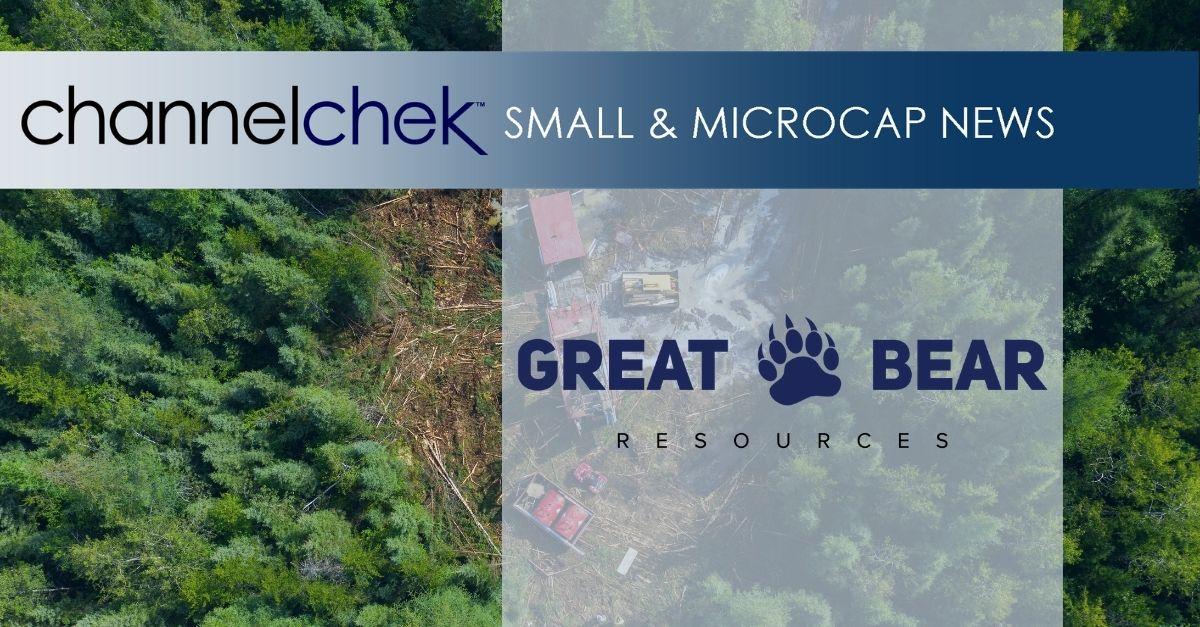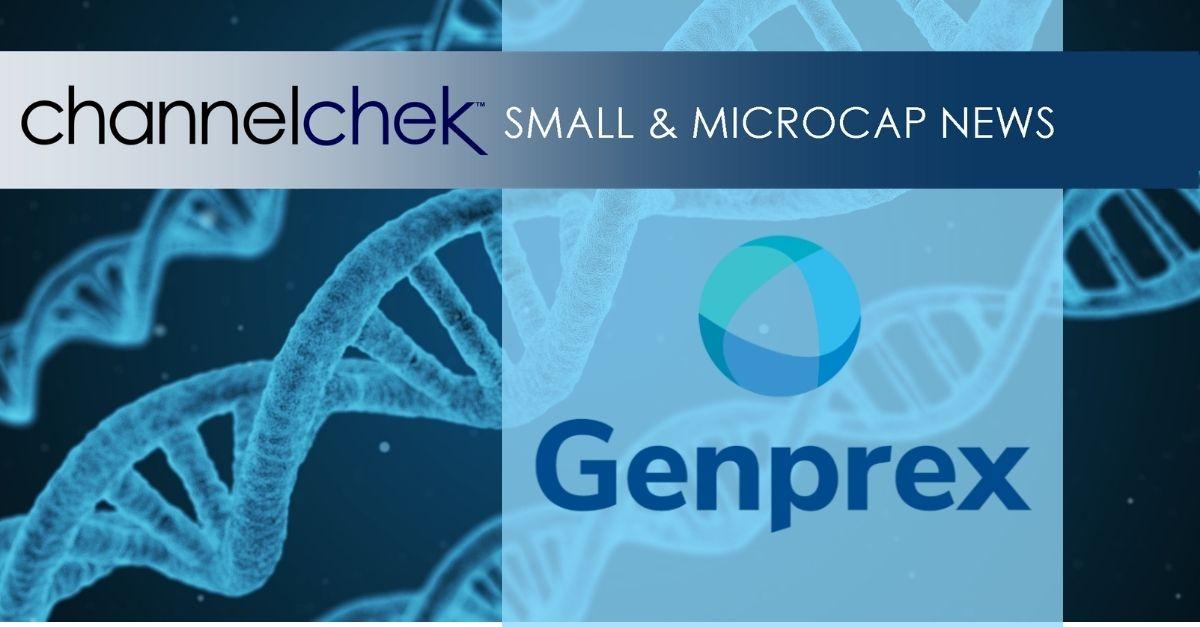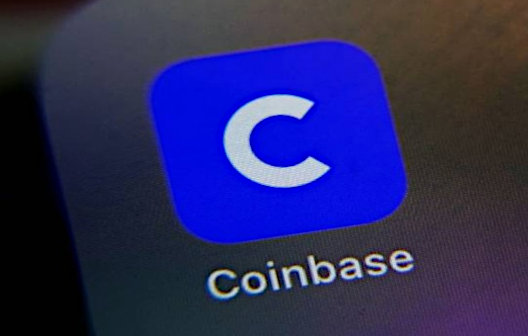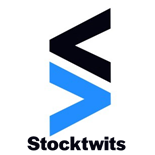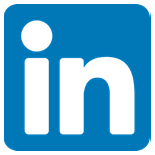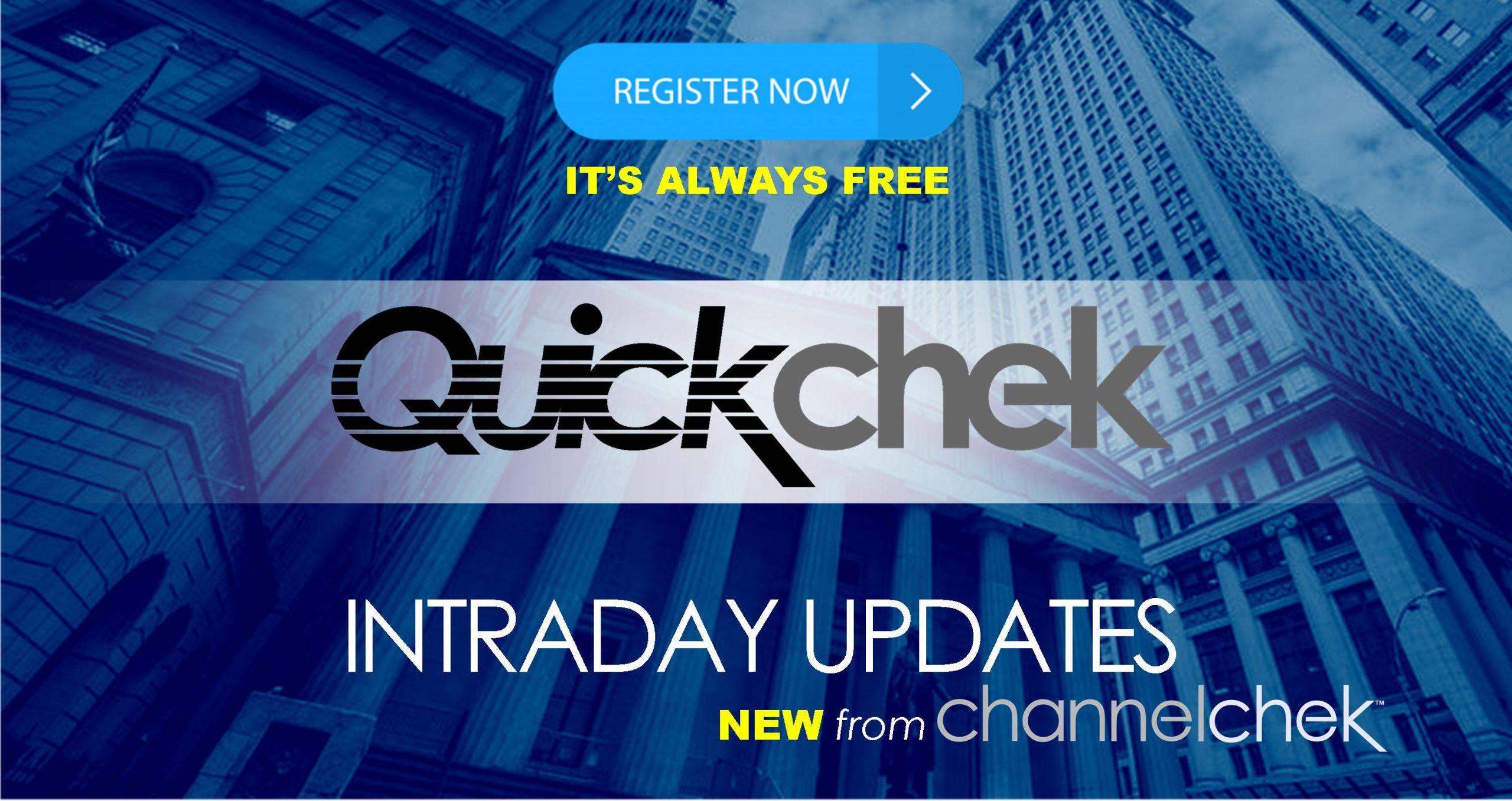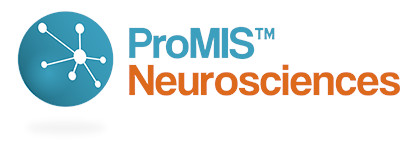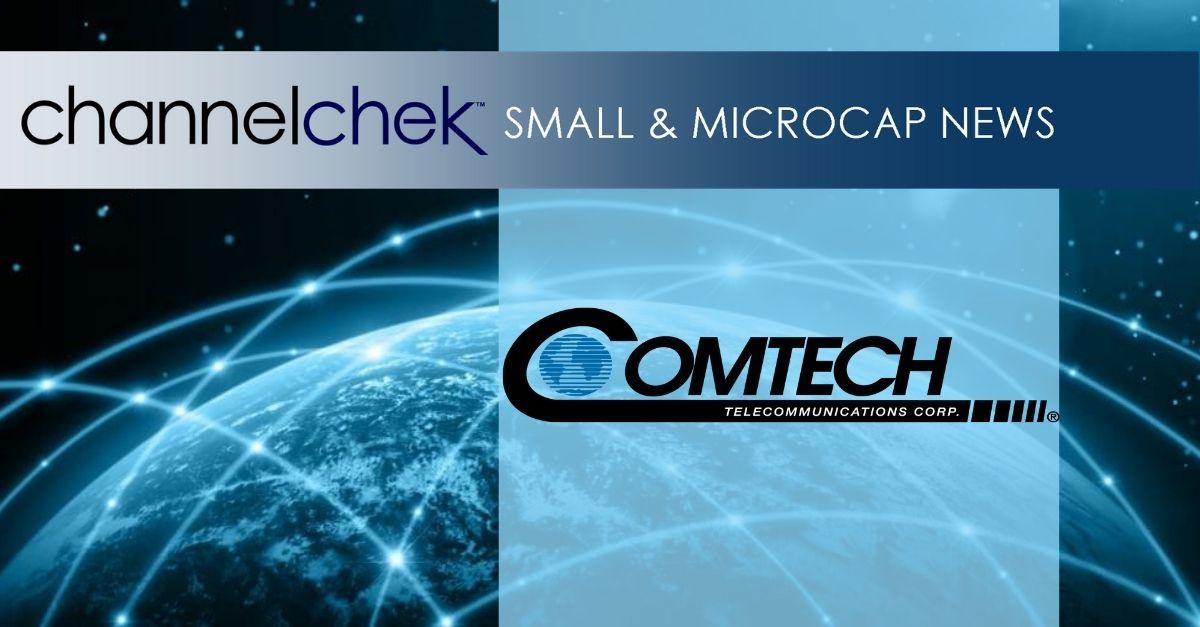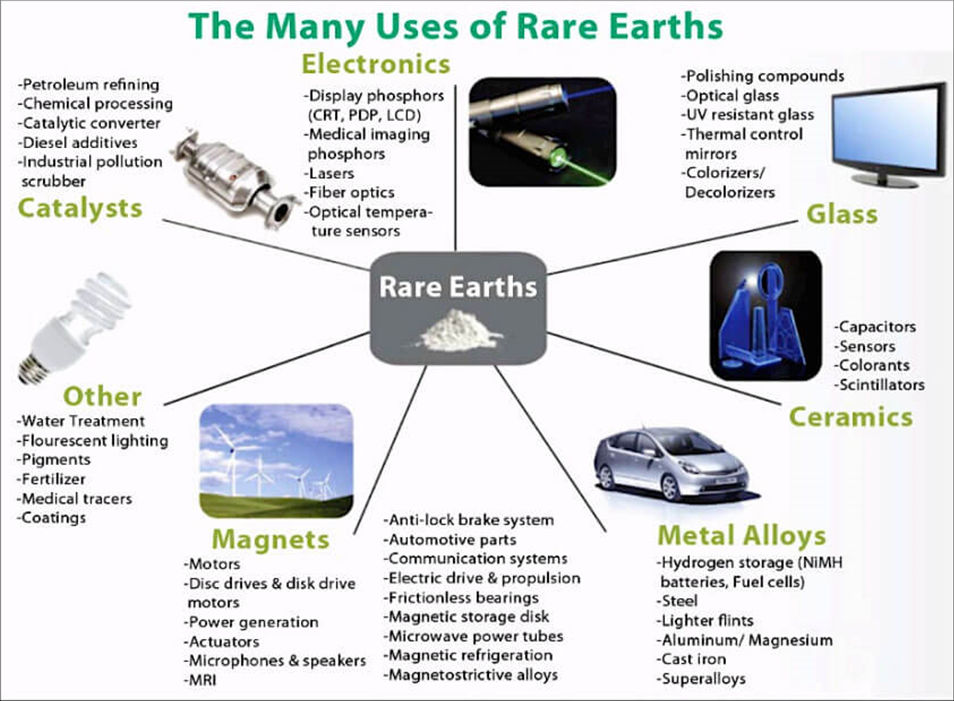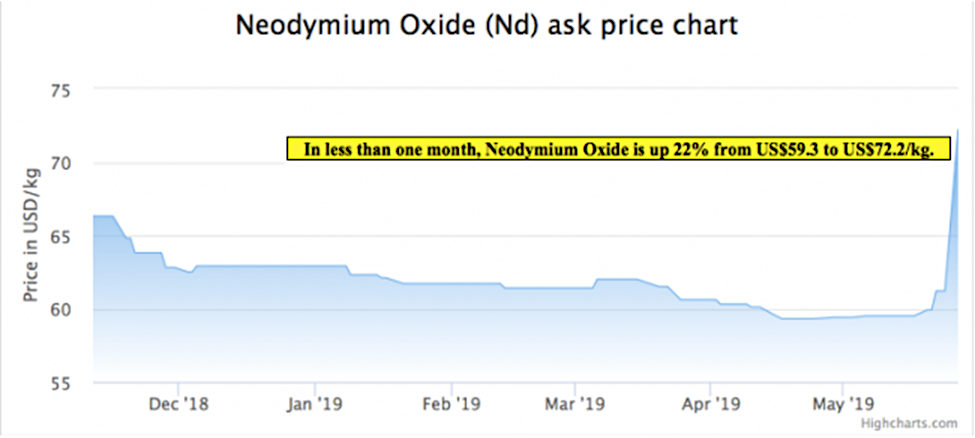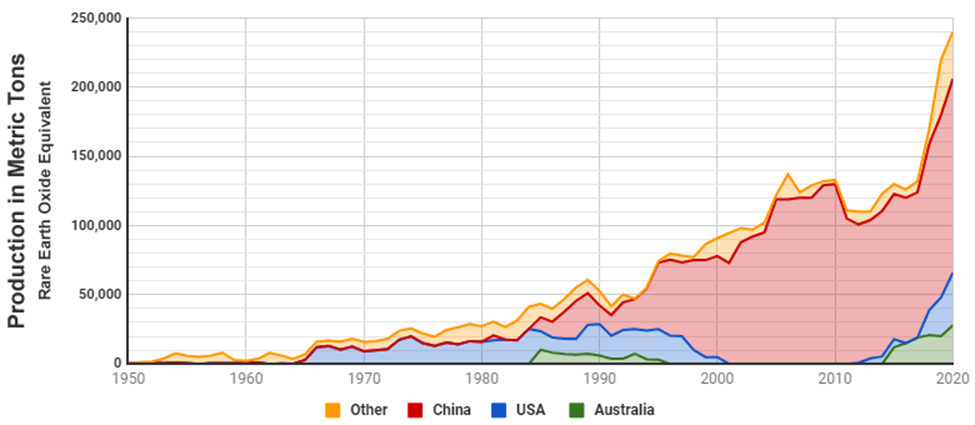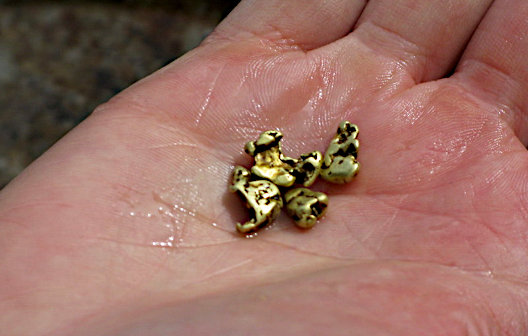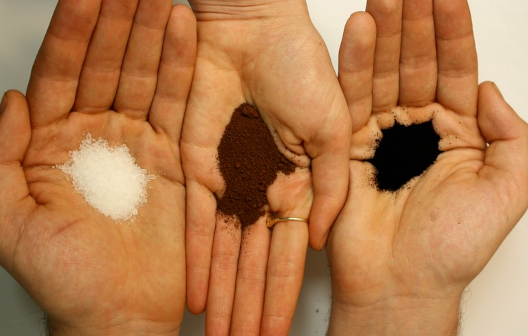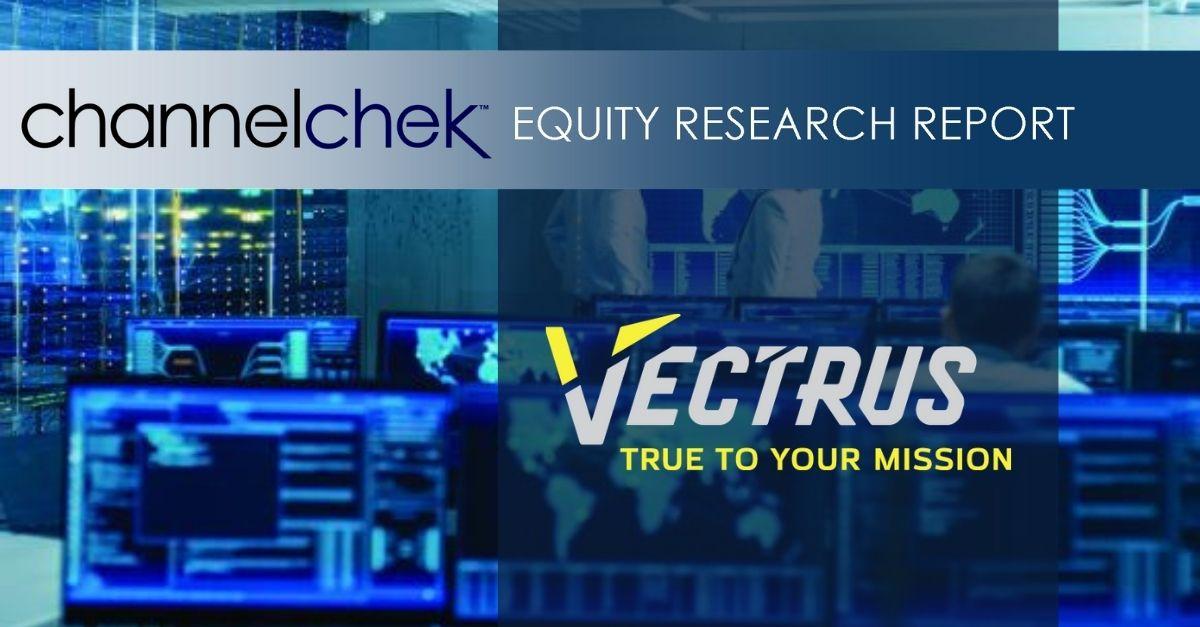
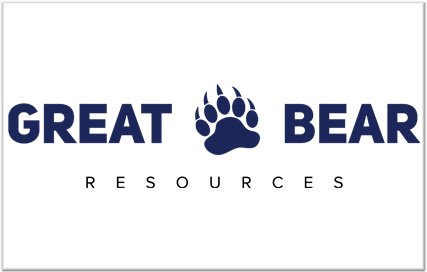 |
Great Bear to Host a Webinar on Monday, June 7 to Provide a Company Update on the Dixie Project Drill ProgramGreat Bear Resources would like to invite interested shareholders to join Mr. Chris Taylor, P.Geo, President and CEO and Mr. R. Bob Singh, P.Geo, Vice President, Exploration for a webinar detailing recent progress in the Company’s ongoing fully-funded drill program at its 100% owned Dixie property in the Red Lake district of Ontario. Research, News & Market Data on Genprex |
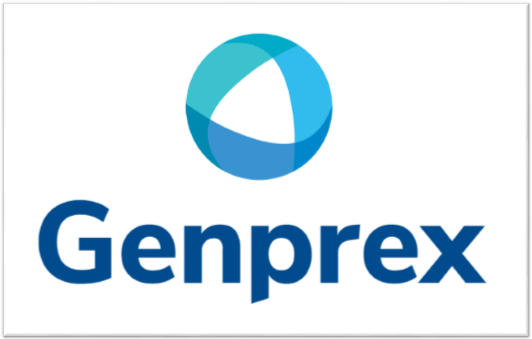 |
Genprex presents positive preclinical data for lung cancer drug REQORSA at AACR annual meetingGenprex CEO, Rodney Varner, tells Proactive its collaborators have presented positive preclinical data for the combination of REQORSA in combination with chemotherapy and immunotherapies for the treatment of non-small cell lung cancer (NSCLC), as well as for REQORSA in combination with targeted therapies. Research, News & Market Data on Genprex |
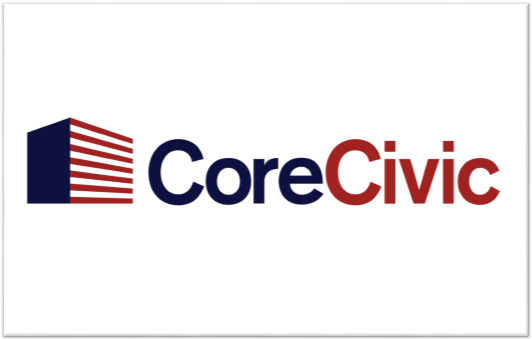 |
CoreCivic’s Third Annual ESG Report Shows Steadfast Commitment to Reducing Recidivism, Focus on Keeping People Safe and Front Line Resiliency Amid PandemicCoreCivic today released its 2020 Environmental, Social and Governance (ESG) Report detailing its steadfast response to the challenges of the COVID-19 pandemic. Research, News & Market Data on CoreCivic |
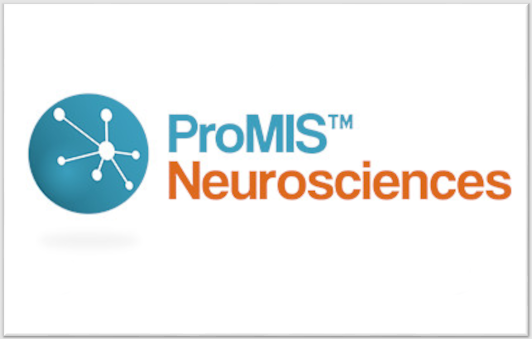 |
ProMIS Neurosciences appoints renowned neuroscientist, Dr. Rudolph Tanzi, as Chair of Scientific Advisory BoardProMIS Neurosciences, Inc.today announced the appointment of Rudolph Tanzi, Ph.D, as Chair of the Company’s scientific advisory board (SAB). Dr. Tanzi is the Joseph P. and Rose F. Kennedy Professor of Neurology at Harvard University and Vice-Chair of Neurology, Director of the Genetics and Aging Research Unit, and Co-Director of the Henry and Allison McCance Center for Brain Health at Massachusetts General Hospital. |
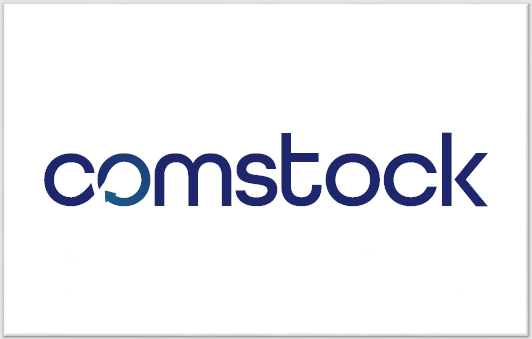 |
Comstock Announces First Quarter 2021 Results; Strong Financial Position; Continued Climate Smart Mining and Valorization to Clean Energy TransitionComstock Mining, Inc.today announced selected unaudited financial results for the fiscal quarter ended March 31, 2021. Research, News & Market Data on Comstock |
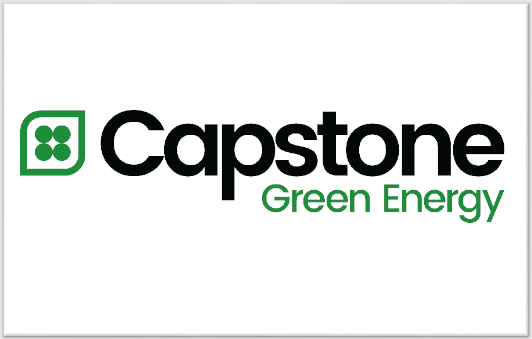 |
Capstone Green Energy Receives Order for a Microturbine Intended to Run on Hydrogen for a Remote Offshore Demonstration ProjectCapstone Green Energy, formerly Capstone Turbine Corporation announced today that it has received an order for a microturbine intended to run on hydrogen. Secured by Capstone partner Optimal Group, the order for Blue Economy CRC is an integral part of an offshore DC-power based microgrid that will support offshore research and aquaculture for food production. Research, News & Market Data on Capstone |
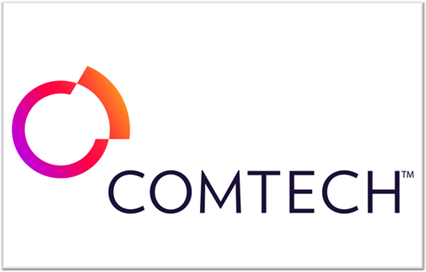 |
Comtech Telecommunications Corp. Awarded $9.8 Million Contract with Tier-One Mobile Network OperatorComtech announced today that during its third quarter of fiscal 2021, its Location Technologies group, a division of Comtech’s Commercial Solutions segment, has finalized a $9.8 million contract with a major tier-one mobile network operator. Research, News & Market Data on Comtech |
